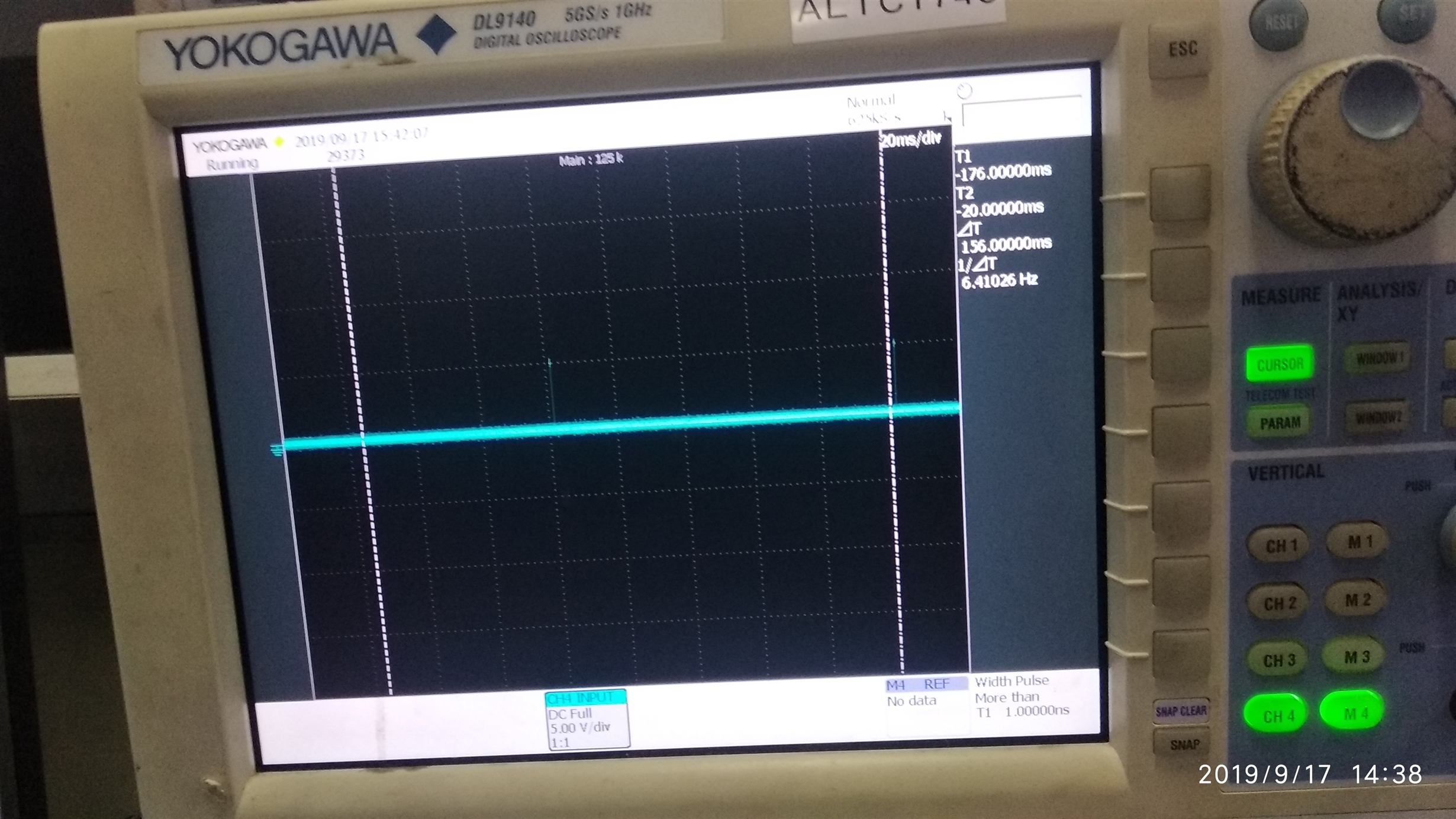Hi,
Firstly, I have used the ADS1232 in my project which works perfectly fine, but when I replicated the same board I face some problems which was new to me .
XTAL 2 = GND or FLOATING ,
XTAL 1 = GND,
INPUT =REF=5V,
GAIN0=0,GAIN1=0,SPEED = 0,
TEMP=0,A0=0,
,AIN0P=AIN0N=10mV,AIN1P=AIN1N=10mV,
PDWN pin do HIGH LOW very fine at that I am giving SCK correctly and my DOUT pin gives 10 SPS output where the output always seems to be in HIGH (+5V) . I don't know what happens in my circuit , someone help me
Thanks in advance.


